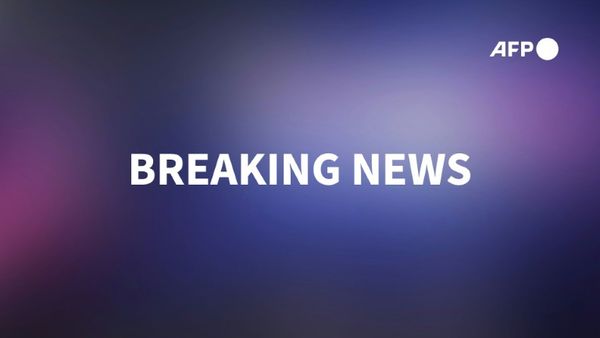
Ukraine's recent military actions have taken a surprising turn with a bold incursion into Russia, catching the Kremlin off guard. The motive behind this significant cross-border maneuver remains unclear, but it serves as a countermeasure to Russia's persistent efforts to breach Ukrainian defenses in eastern Ukraine.
The conflict along the roughly 1,000-kilometer front line continues to be a stalemate, with sporadic intense confrontations in the Donetsk region. Russia's army is strategically leveraging the terrain and air superiority to advance, targeting key Ukrainian strongholds like Pokrovsk, Toretsk, and Chasiv Yar.
Despite Russia's incremental gains, its military campaign has faced setbacks, including heavy casualties and logistical challenges. The Institute for the Study of War highlights that as Russian forces advance into more urban areas, their progress is likely to slow down.




Ukraine's unexpected move into Russia's Kursk province has added a new dimension to the conflict. While the long-term strategy behind this incursion remains uncertain, it marks a significant escalation by engaging on Russian soil.
As the conflict intensifies, Ukraine is grappling with resource constraints and fatigue among its troops. The country's defense strategy involves tactical retreats and targeted strikes on Russian logistical support.
Both Moscow and Kyiv maintain divergent stances on peace negotiations, with Putin seeking Ukraine's surrender and Zelenskyy demanding the withdrawal of Russian forces. The prospects for a peaceful resolution remain distant, with geopolitical factors and military dynamics shaping the trajectory of the conflict.
Amidst the evolving landscape of the conflict, diplomatic efforts are anticipated to play a crucial role in charting a path towards de-escalation and eventual peace.
For more updates on the Ukraine-Russia conflict, visit AP's coverage.







